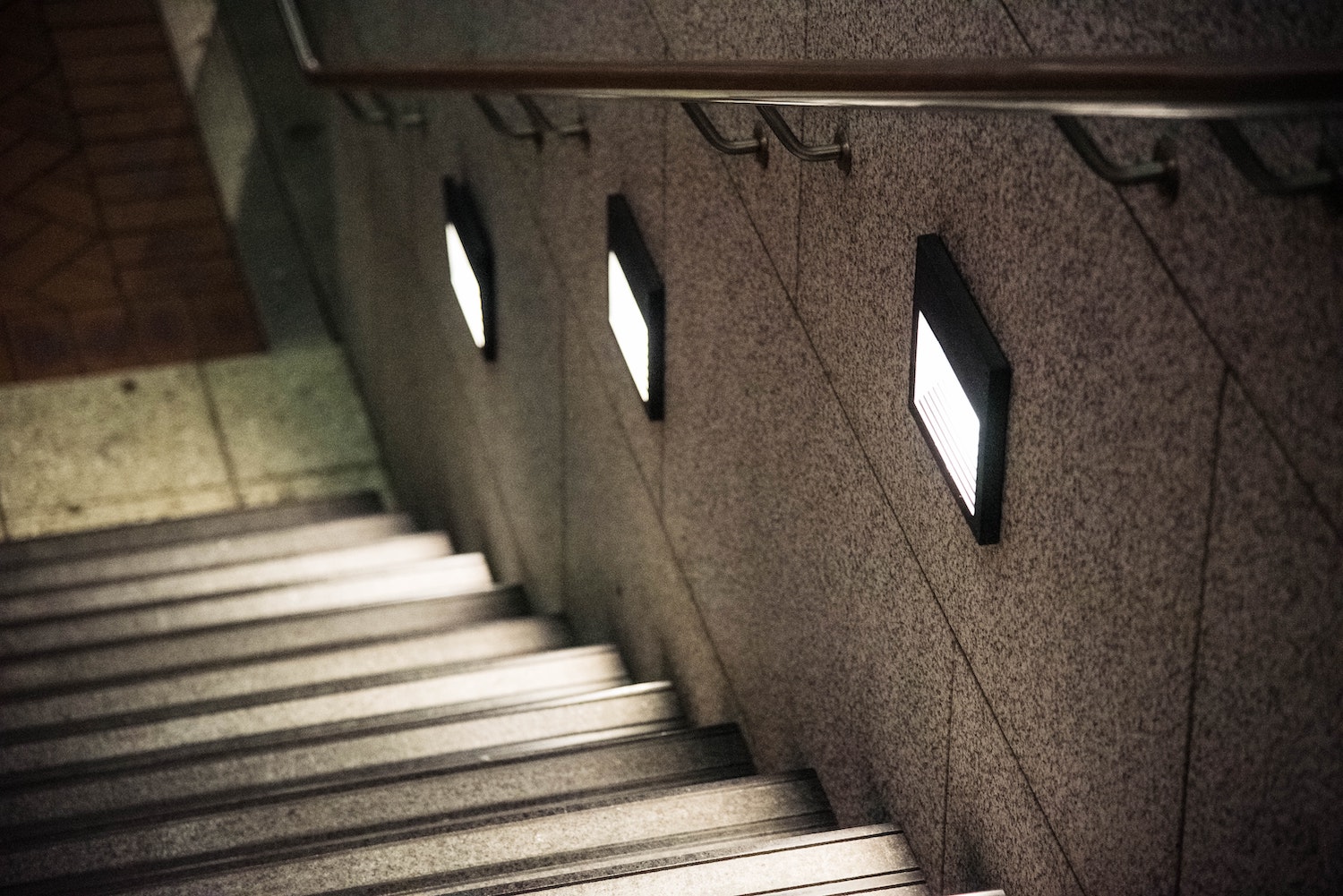Before LEDs, Incandescent, Halogen & Fluorescent lamps were able to be dimmed, but HID lamps were not. With the advent of LEDs, it is now possible to utilize dimming in almost all applications.
Quality of dimming can be rated by its smoothness in reducing light output (“dimming curve”) without causing flicker. Dimming of LEDs has also proven to increase lamp life.
The Method/ Language used to dim LEDs (and other lamps) is known as the dimming protocol;
· Phase dimming AKA Triac dimming – the “standard” and simplest dimming method of dimming, commonly used in houses. Older style phase dimming used the 'leading edge’ method, which later evolved into 'trailing edge' (or 'universal' which can switch between trailing and leading edge) due to its improved smoothness.Many LEDs struggle with phase dimming e.g. they flicker when dimmed below 20%brightness. Austep Lighting carries brands such as Brightgreen which perform very well with most brands of phase dimmer (even trailing edge) due to their special smart drivers. No extra wiring is required for phase dimming.
· 1-10V dimming – 1-10 Volt dimming requires a low-voltage control wire to be run to each light, so installation can be more expensive, especially for a retrofit. Dimming isn't as smooth as phase dimming because it dims down through steps. It’s also analogue dimming meaning it takes time for the command to reach the light and the light to react. 1-10V was more suitable for fluoro tubes / bulbs, which are now old technology.
· PWM - Pulse Width Modulation is a type of dimming that was mostly used for LED in the early days. It is a rudimentary form of dimming for LEDs, which is not very smooth. Flicker is still a problem, and two sets of control gear are required for proper control. PWM dimming is more suitable forLED strip than LED COB (chip on board) luminaires.
· DALI dimming – Dali dimming is more expensive asit requires special drivers for the lights, but is commonly used in commercial applications. Each light has an “address” - sort of like an IP address. It is often used for large spaces where the additional costs can be justified. DALI requires a pair of control wires or a 5-core plug & play cable. The latest iteration is DALI DT8 gear which can do CCT dimming & RGBW dimming (changing the colour temperature of lights) while still consuming only 1 address. Previously it used to take 2 addresses for CCT dimming & 4 addresses for RGBW dimming.DALI dims in 255 steps so offers more smoother dimming than most other forms of dimming.
· DMX – DMX is the smoothest form of dimming, but is used mainly for entertainment and theatrical lighting. It requires 3 pin or 5pin XLR special cables, and requires expensive setup. DMX offers complete colour change / RGBW control and can produce various scenes / effects.

